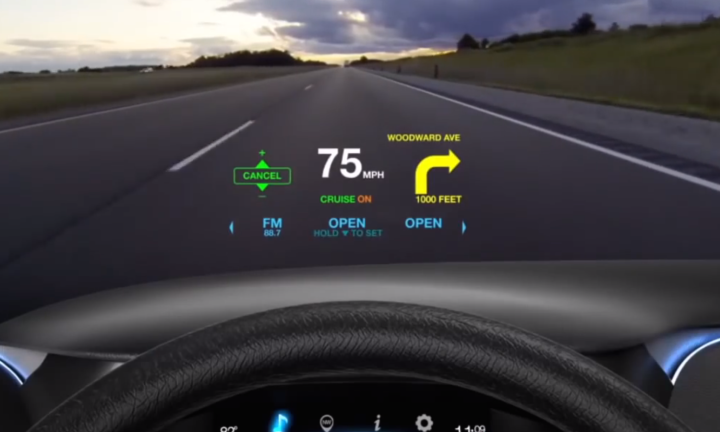
A recent report in Automotive News describes how suppliers like Visteon and Panasonic are working to redesign how to better deliver information to the driver, without relying on the center console infotainment screens to which we’ve become so accustomed. Visteon, a producer of such instrument clusters, is working on a system they call “Fusion,” which ties the center console, instrument cluster, and a heads-up-display into one system controlled by a single processor.

Panasonic’s “e-Cockpit” would do something similar in coordinating the information displayed on the center stack so that the things that require the most attention are pushed to either the HUD or instrument cluster so as to not cause the driver to turn its head.
You may be saying to yourself “ hey, my Ford/Lexus/Mercedes already does these things,” and you’d be half right. HUDs are becoming more ubiquitous, but the information being displayed is somewhat limited. Sure, some cars get performance telematics while another gets turn-by-turn directions, but most of the action is still taking place on the dash-mounted screen to the side of the wheel. Furthermore, each screen compartmentalizes certain data, each having its own interface rules.
A “smart” system would be somewhat more modular and, like in the case of Visteon’s Fusion system, one multicore computer “voice” would be doing the talking. This would help manage all the data a driver is bombarded with, be it calls, entertainment, car system info, or (more importantly) the real-life world that surrounds them.
Both companies will have showcases of what they have in store for car interiors at this year’s CES consumer electronics expo.


